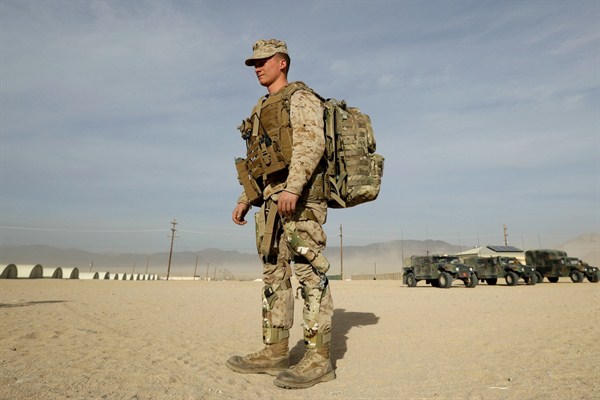From the homeland security folks who respond to national disasters to the armed forces planning for hostile encounters with state or nonstate adversaries, the U.S. security community understands that climate change affects what they do, often profoundly. Despite the skeptics in the highest ranks of government, there is quiet and steady progress being made to integrate greater knowledge about climate change and its impacts into threat assessments, planning and training for future security contingencies.
For more than 20 years, the defense community has been studying the environment and climate change, and their implications for how the U.S. prepares for military contingencies. Early on, the concerns were more about local environmental conditions and their effects on military operations, from pollution considerations when Navy ships docked in domestic ports; to engineering concerns over how warming ocean temperatures could alter the requirements for maritime facilities; to the specifications for uniforms in desert battlefields.
Today, the military and its civilian leaders understand climate change as a more profound factor affecting how other nations see their security interests. In some places, climate is a top consideration for conflict prevention, whether within the borders of fragile states or between states where changes in the allocation of natural resources could be a cause of conflict. These kinds of concerns have become a standard part of the dialogues the U.S. Department of Defense conducts with security partners around the world.

